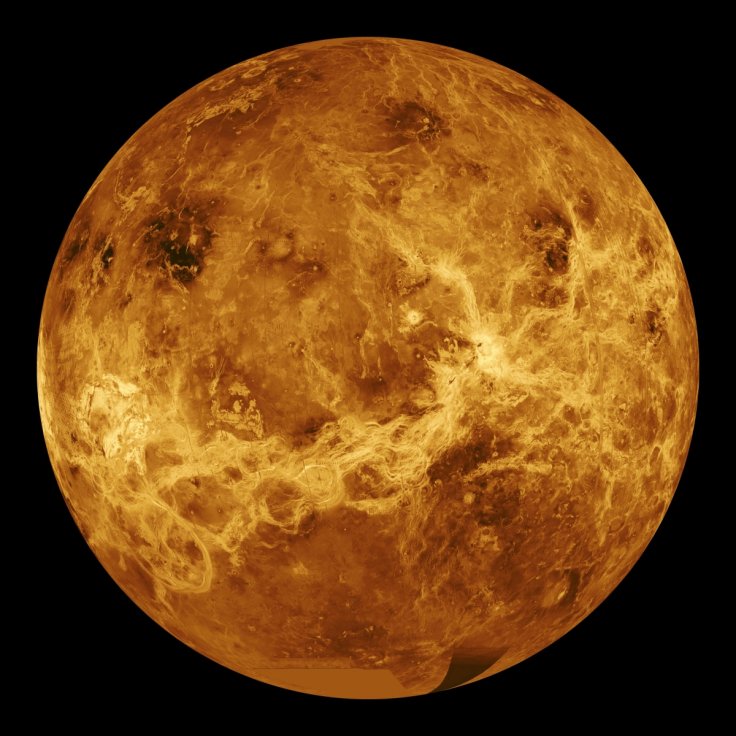NASA has finally provided details of the upcoming mission to Venus in a recently published paper. Named after the legendary Renaissance artist Leonardo da Vinci, the mission will investigate the birth, evolution and current state of the hottest planet in our solar system.
The DAVINCI mission, short for Deep Atmosphere Venus Investigation of Noble gases, Chemistry and Imaging mission, will act as a flying chemistry lab, using its built-in instruments to study Venus's atmosphere for the first time, its temperatures, the pressure and wind speed, all the while clicking pictures of the trip across the planet.

Jim Garvin, lead author of the paper and principal investigator of DAVINCI from NASA's Goddard Space Flight Center in Greenbelt, Maryland, believes that this combination of 'chemistry, environmental, and descent imaging data' will help the scientist community in understanding the layered atmosphere of Venus as well as provide an in-depth analysis of the interaction between the planet's surface in one of its mountain belts, Alpha Regio, as per SciTech Daily.
He further explained that the data gathered through this mission will be a huge help in tracing the history of the planet's atmosphere in addition to its landscape features. DAVINCI is the first probe to enter the planet's atmosphere since NASA's Pioneer Venus Multiprobe in 1978 and USSR's Vega in 1985.

Highlighting the significance of DAVINCI, Garvin also mentioned that this probe will be the first of its kind as no previous mission to Venus has managed to measure the chemistry or environment of the planet with such intensity.
"DAVINCI will build on what Huygens probe did at Titan and improve on what previous in situ Venus missions have done, but with 21st century capabilities and sensors," he said.
According to Gizmodo, DAVINCI is of utmost importance to NASA as the mission will assist in better understanding the formation of our own planet. The scientist community believes that Earth and Venus might have had a same start, with both planets being the same size, mass and density. The only difference is the carbon dioxide rich atmosphere of Venus, temperatures that reach up to 880 degrees Fahrenheit (471 degrees Celsius).

The tentative launch for DAVINCI is scheduled for June 2029 and the spacecraft is assumed to enter the Venusian atmosphere by June 2031.
The mission is one of two upcoming missions planned for Venus, the other being VERITAS, also selected as part of NASA's discovery program in 2021. Previously the space agency had launched the Magellan mission, which was hailed as one of the most successful deep space missions by experts. The spacecraft was launched in May 1989 and reached the planet 15 months later by August 1990.
The study titled, Revealing the Mysteries of Venus: The DAVINCI Mission was published in The Planetary Science Journal, on 24 May.









